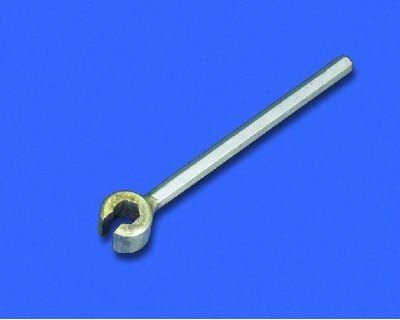
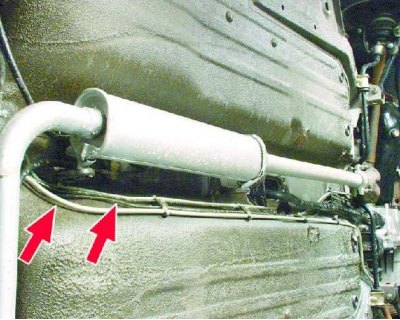
1. Inspect the pipelines - they should not be damaged and severely corroded. Also check the fastening of the pipelines in the holders. Loose or broken holders due to vibrations can cause pipeline breakage.
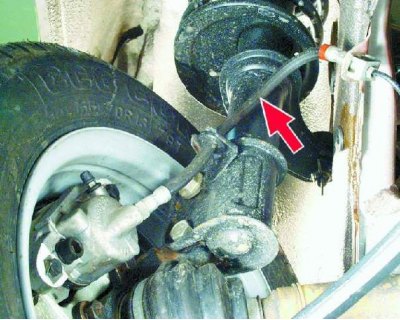
2. Carefully inspect the brake hoses - they should not have cracks, tears or signs of rubbing. Fully depress the brake pedal - if there are swellings on the hose, replace it (work with an assistant).
Warnings:
- Keep brake hoses free of mineral oils and greases that destroy rubber.
- Be sure to replace the brake hoses every 125,000 km or after 5 years, as the hoses can break due to the aging of the rubber.
- Defective parts of the hydraulic brake system must be replaced.
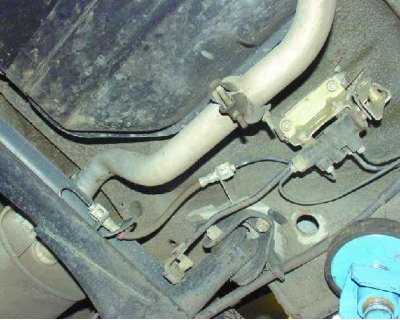
3. Check all pipe and hose connections.
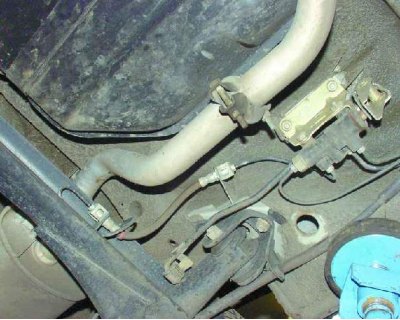
4. If a leak is detected, tighten the fastening nuts with a special wrench. If it was not possible to fix the leak on your own, be sure to contact a specialist.
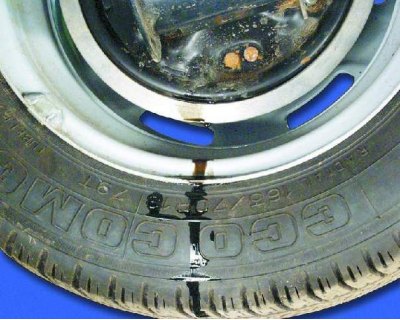
5. If there are traces of brake fluid on the brake shield or the inside of the wheel, then the wheel cylinder is leaking. To eliminate this defect, contact a specialist.
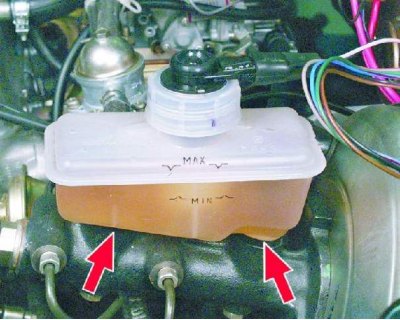
6. Check for leaks from under the master cylinder reservoir. To replace the tank sleeves, we recommend contacting a service station.
